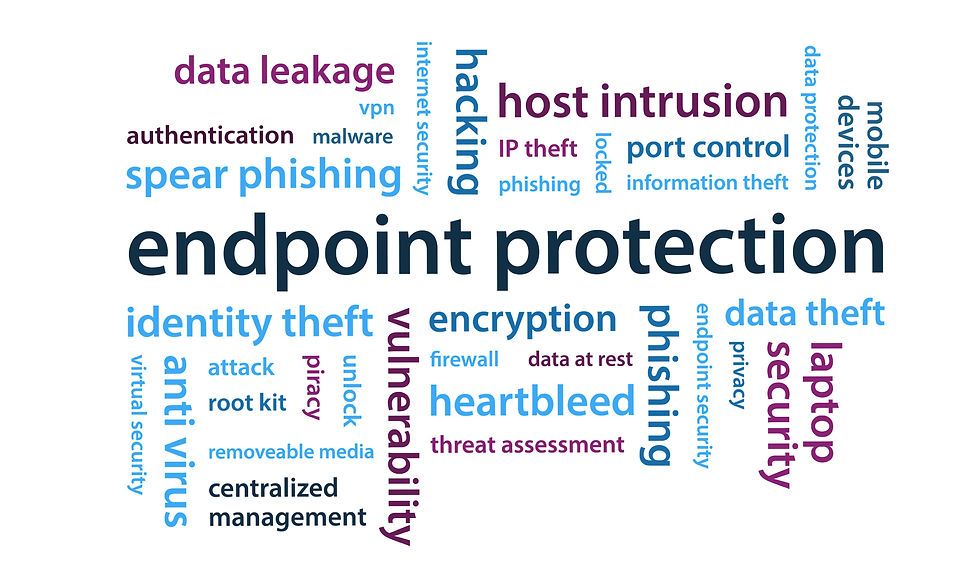Waymo and the Cybersecurity Mirror: What Autonomy Teaches Us About Digital Defense
- Juliana Hofstetter

- May 7
- 3 min read

One of the cool things we can notice around San Francisco is the presence of many cars circulating without a driver. Waymo, a subsidiary of Alphabet Inc., is a leader in autonomous driving technology. Its self-driving vehicles, built on the Jaguar I-PACE electric SUV platform, are designed to navigate public roads without human intervention.
Waymo is not just a company building self-driving cars. It is reshaping how we think about movement, control, and trust in machines. With no driver, Waymo vehicles rely entirely on sensors, cameras, radar, and machine learning to interpret the world and make decisions. These cars do not react like humans. They anticipate, calculate, and respond in ways that are faster, more consistent, and often more cautious than any person could manage.
This futuristic experience feels magical to many. A car that can take you home while you nap. A system that never gets distracted, never drinks, never texts while driving. A transportation solution that could one day reduce traffic deaths, improve efficiency, and offer independence to people who cannot drive.

But beneath the innovation lies a deeper set of questions. What happens when the system fails? Can we trust something we no longer control? And if things go wrong, who is responsible?
These questions do not just belong to the world of autonomous vehicles. They echo loudly in the world of cybersecurity.
In cybersecurity today, companies are increasingly turning to artificial intelligence and automation to protect their systems. Tools now monitor network traffic, detect threats, isolate compromised devices, and even initiate responses without waiting for human approval. In theory, this reduces response time and human error. In practice, it brings both power and risk.
Waymo teaches us that automation is not a cure-all. It requires immense testing, constant learning, and built-in safeguards. A Waymo car must interpret a cyclist swerving to avoid a pothole. It must understand intent and adjust in real time. Cybersecurity systems face the same challenge. They must recognize when an employee downloads an unusual file as part of legitimate work, not assume it is an attack. They must spot patterns that are subtle, unexpected, and evolving.
There is another lesson too. Waymo has to make decisions that are not just technical but ethical. Should it swerve to avoid a crash if that puts the passenger at risk? Should it prioritize the safety of the driver or the pedestrian? These are not just engineering problems. They are value judgments. In cybersecurity, similar choices appear when a system must block activity that might be harmful but could also shut down operations. Should the system act fast or verify first? Should it preserve privacy or prioritize control?
Automation can be powerful, but blind faith in it is concerning. Just as a self-driving car still needs oversight, cybersecurity systems still need human judgment. False positives can damage business. Missed threats can lead to breaches. Overreliance on machines can dull human skills, leaving teams unprepared when something unexpected occurs.
The truth is Waymo is not just building cars, it is building trust in autonomy. Cybersecurity professionals are doing the same, one alert and one algorithm at a time. Both fields must navigate the tension between freedom and control, speed and certainty, automation and accountability.
The road to a secure future is not fully self-driving. It is a collaboration between human insight and machine precision. And just like Waymo, cybersecurity must be designed not only to work when everything goes right but also to fail gracefully when things go wrong.



